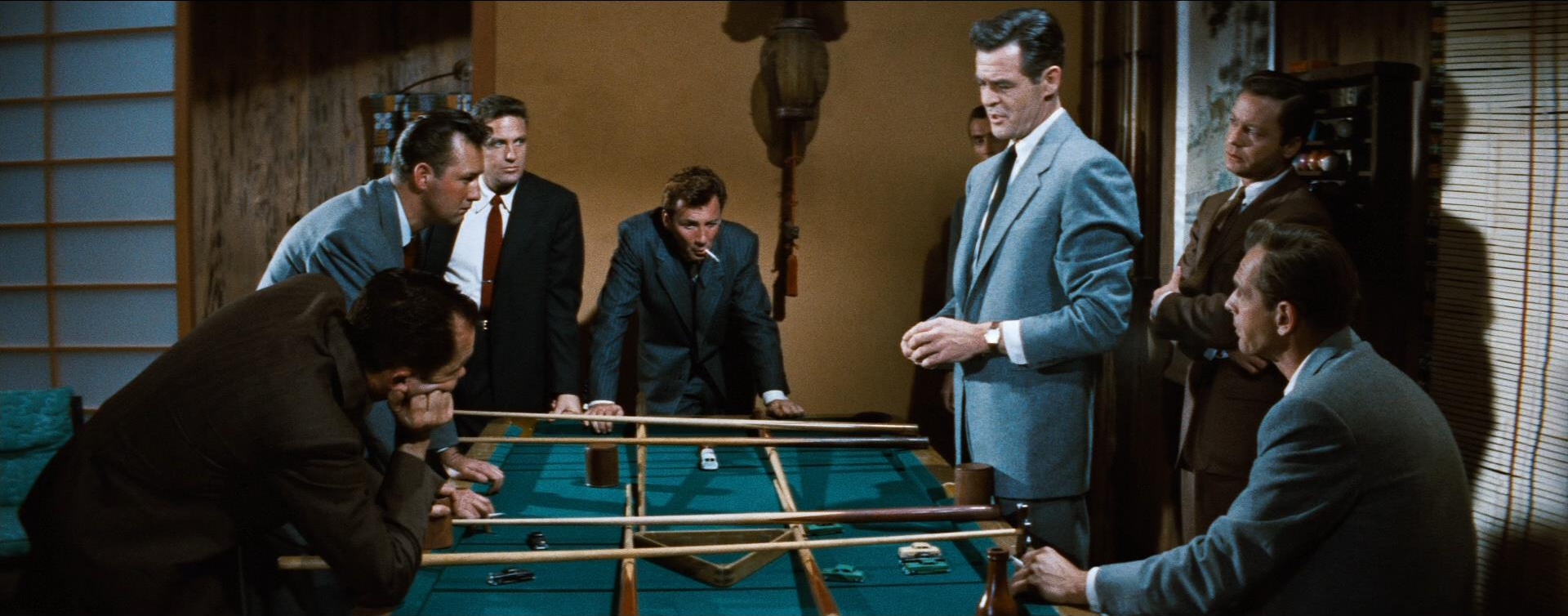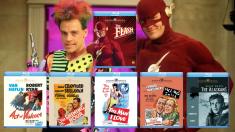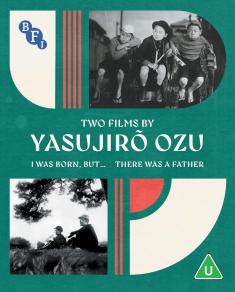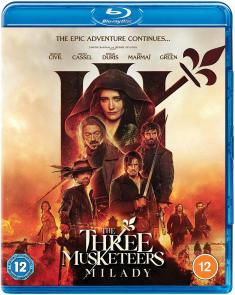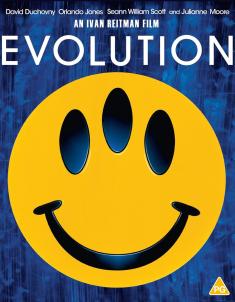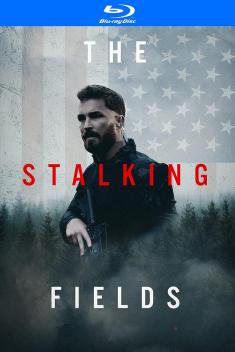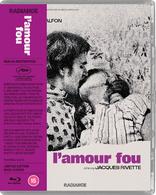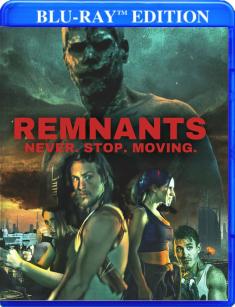House of Bamboo
Overview -
Writer-director Samuel Fuller’s House of Bamboo (1955) is a gangster-noir for the post-war world: hard, fast, and out of control. Shot entirely on location in Tokyo and Yokohama by the brilliant cinematographer Joe MacDonald, it gives us a look at a brutally exploitative Japanese-based American gang led by a compelling sadist (the one and only Robert Ryan). Caught up and over his head is the relatively innocent Eddie (Robert Stack), whose burgeoning love for a “kimono girl” (the lovely Shirley Yamaguchi) is counterpointed by his involvement with the complicated crime boss. Also featuring sterling performances from Cameron Mitchell and Sessue Hayakawa.
Storyline: Our Reviewer's Take

After the sensational success of its first few CinemaScope productions, studio 20th Century Fox rushed to crank out as many movies in the format as it could, focusing on any content that might take advantage of the widescreen visual splendor. Pitched the idea of making a good old fashioned American gangster picture set against the exotic backdrop of the Orient, the studio shipped B-movie specialist Samuel Fuller ('Pickup on South Street') to Japan to direct the film noir thriller 'House of Bamboo'.
As a strangely unnecessary and annoying voiceover narration at the beginning of the film proudly boasts, the movie was photographed on location in the country. Early scenes frame the Japanese countryside itself more prominently than the characters moving through it. The action then quickly shifts to metropolitan Tokyo, and the movie turns into something of a travelogue tour through the city, showcasing its fascinating blend of ancient tradition and then-contemporary Westernized urban culture – perhaps best exemplified by a bizarre scene in which a geisha fan dance morphs into a rockin' sock hop, and girls in full whiteface makeup tear off their kimonos to reveal poodle skirts underneath.
Robert Stack, later star of TV's 'The Untouchables' and host of 'Unsolved Mysteries', plays Eddie Spanier, a tough-talking Chicago mobster who arrives in Tokyo to look into the death of a buddy who was gunned down while committing a robbery. At least, that's who he claims to be; movies like this always have some twists in store. Eddie's the type of brash, obnoxious American who yells loudly when the locals don't understand his English and has no compunctions about smacking around a woman. Somehow, this doesn't bother the victim's secret Japanese wife, Mariko (Shirley Yamaguchi), who falls for him almost instantly.
Eddie's investigation brings him into the circle of American crime boss Sandy Dawson (Robert Ryan), who improbably runs a major protection racket despite not speaking a word of the local language. Sandy likes Eddie's style and recruits him into his gang just in time to plan a new bank heist. This puts Eddie at odds with Dawson's top henchman, but Eddie has ulterior motives for infiltrating this crew anyway.
In many ways, 'House of Bamboo' is a gimmick picture. The plot and characters are standard issue film noir stuff, enlivened by the exotic setting and by the decision to shoot the movie in full-color CinemaScope and mostly in bright daylight. Pointedly, the film has no Japanese villains or any sign of Japan's real yakuza organized crime syndicates. Aside from Mariko, all of the major characters are Americans. This is an all-American drama that just happens to take place in a foreign country for color. Even for her part, the romance between Mariko and Eddie is not convincing in the slightest. (That's no fault of the actress, just the role she was given.)
Nevertheless, the film still works as both a genre piece and as a window back to another era and another culture. Stack and Ryan play their tough guy roles to the hilt (Stack in a rather caricatured, over-the-top manner). Ryan was reportedly the only person on set to pick up on Fuller's subversive intention that Sandy has more than just a professional interest in Eddie. Yamaguchi's character is sympathetic enough to make up for the fact that Stack's isn't at all.
Fuller stages the suspense and action set-pieces with gusto. The big climax that takes place in an American-style amusement park is a sly bit of cultural commentary that's also inventive and exciting. 'House of Bamboo' may not be a noir masterpiece, but its foreign location work and enveloping CinemaScope photography are enough to let it stand out in a crowded genre.
Twilight Time has licensed 'House of Bamboo' from 20th Century Fox for release on the Blu-ray format. The disc is a limited edition with a pressing run of only 3,000 copies. Like most Twilight Time releases, the Blu-ray has a simple static menu. A booklet inside the keepcase contains an essay by Twilight Time employee Julie Kirgo.
Video Review
Early CinemaScope productions employed a very wide aspect ratio of 2.55:1. After a few years, the standard would be narrowed to 2.35:1, but 'House of Bamboo' used the original width, which is accurately preserved on the Blu-ray. Amusingly, pay attention to the members of the villain's gang and you'll see future 'Star Trek' actor DeForest Kelley frequently standing on the far sides of the frame. This resulted in the actor getting cropped out of pan-and-scan TV prints of the movie for many years, until the first widescreen DVD release. His face is visible with better clarity in high definition.
From my understanding the Blu-ray's film-to-video transfer comes from a new 4k scan performed by content owners 20th Century Fox before licensing. It has a lot of strengths, but I'm not entirely sold on it. Of the positives, the AVC/MEPG-4 transfer has been thoroughly cleansed of dirt and age-related defects. The picture has a satisfying amount of detail, and film grain provides texture without overwhelming the imagery.
On the other hand, the image has a decided blue bias. It doesn't look like revisionist teal color grading, but rather like the color temperature in the transfer is off, as if you'd selected the "Cool" preset in your TV menus. Rather than a deliberately applied blue tint, it looks more like a deficiency of red and green in the transfer. This has the effect of making whites gleam too much, making colors look drab, skewing flesh tones and washing out the contrast. Even shadows have a blue tinge.
This is an issue that affects many of Fox's recent transfers for CinemaScope titles of the era. I've heard defenders argue that this is accurate, that the original theatrical prints of these movies always had a strong blue tint, and that any previous home video transfers with warmer colors were incorrect. I won't claim to be an authority, but I have a hard time believing that's entirely true. It doesn't look like an intentional artistic effect to me. It looks like a simple color temperature error.
Audio Review
In addition to the wider picture, CinemaScope movies boasted an expanded audio soundstage via a format known as 4-Track Magnetic Stereo. This consisted of three channels of sound behind the theater screen and an additional mono surround channel. At a time when most movies were still monaural, it provided quite an auditory experience.
For the Blu-ray, the movie's soundtrack has been encoded in DTS-HD Master Audio 5.1 format. As I'm sure is faithful to the original mix, the majority of sound is weighted toward the front, with only a mild surround presence. During the big shootout at the end of the movie, gunshots reverberate nicely through the room, but I honestly didn't notice the rear speakers in use anywhere else, even during other gunfight scenes.
The front three channels, meanwhile, are spread very broadly. Dialogue frequently moves directionally from one side of the screen to the other in a way that modern movies almost never do anymore. Frankly, I found this gimmicky and distracting. It draws attention to the very obvious ADR work. Most of the dialogue in the movie feels disconnected from the actors speaking it on screen, and a lot of it has a hollow tone that sounds like it was recorded in a fish bowl.
Sound quality on the whole is a little thin, with very shallow bass. Gunshots are loud but don't dig too deeply. That's perfectly normal for a movie from 1955, of course, and I never expected otherwise.
Special Features
The Blu-ray carries over all of the bonus features from the DVD edition released by Fox in 2005.
- Audio Commentary with Film Historians Alain Silver and James Ursini – The speakers open by calling this "one of the better films by Samuel Fuller." They attempt to place the movie in context with the director's career and analyze his filming techniques. They also explain that the movie was a remake of an earlier noir called 'Street of No Name' and touch upon the homosexual subtext in the relationship between the Stack and Ryan characters (fully intended and acknowledged by Fuller). The two men are very knowledgeable and lead an informative discussion.
- Fox Movietone Newsreel: Group in Japan (SD, 1 min.) – In silent black-and-white footage, stars Shirley Yamaguchi and Robert Stack are welcomed into Japan on the airport runway. (Though she worked extensively in Japan and China, Yamaguchi actually lived in New York.)
- Fox Movietone Newsreel: Consul Visits Set (SD, 2 min.) – Similar to the above, the American consul stops by the movie set for a photo op with the stars.
- Original Theatrical Trailer (SD, 2 min.) – Despite proudly boasting about the movie's CinemaScope photography, this trailer has been cropped to 16:9. It also looks like crud. According to the narrator, everything about the movie is "Sensational!"
HD Bonus Content: Any Exclusive Goodies in There?
The following items are new to the Blu-ray:
- Audio Commentary with Film Historians Julie Kirgo and Nick Redman – Quite frankly, it could be argued that the older commentary from the DVD covered the film comprehensively enough. Nevertheless, Twilight Time founder Redman and liner note writer Kirgo try to add to it with their own lively talk. Kirgo calls 'House of Bamboo' one of her favorite movies and her enthusiasm for it is infectious. Although they inevitably wind up hitting a lot of the same points as Silver and Ursini, this is another very interesting, worthwhile conversation.
- Isolated Score – The musical score by Leigh Harline is presented by itself in DTS-HD Master Audio 2.0 stereo format.
Sam Fuller's 'House of Bamboo' takes a very American genre famous for its gritty black-and-white (usually Academy Ratio) stylings and expands it out to full-color CinemaScope against a foreign setting. Although far from the greatest film noir, it's pretty fascinating nonetheless.
I have to admit that I'm more bothered by the Blu-ray transfer's blue tint than most viewers will be. Aside from that, the limited edition disc from Twilight Time has strong picture quality and a couple of interesting commentary tracks. It's certainly worth a spot on my Blu-ray shelf.





